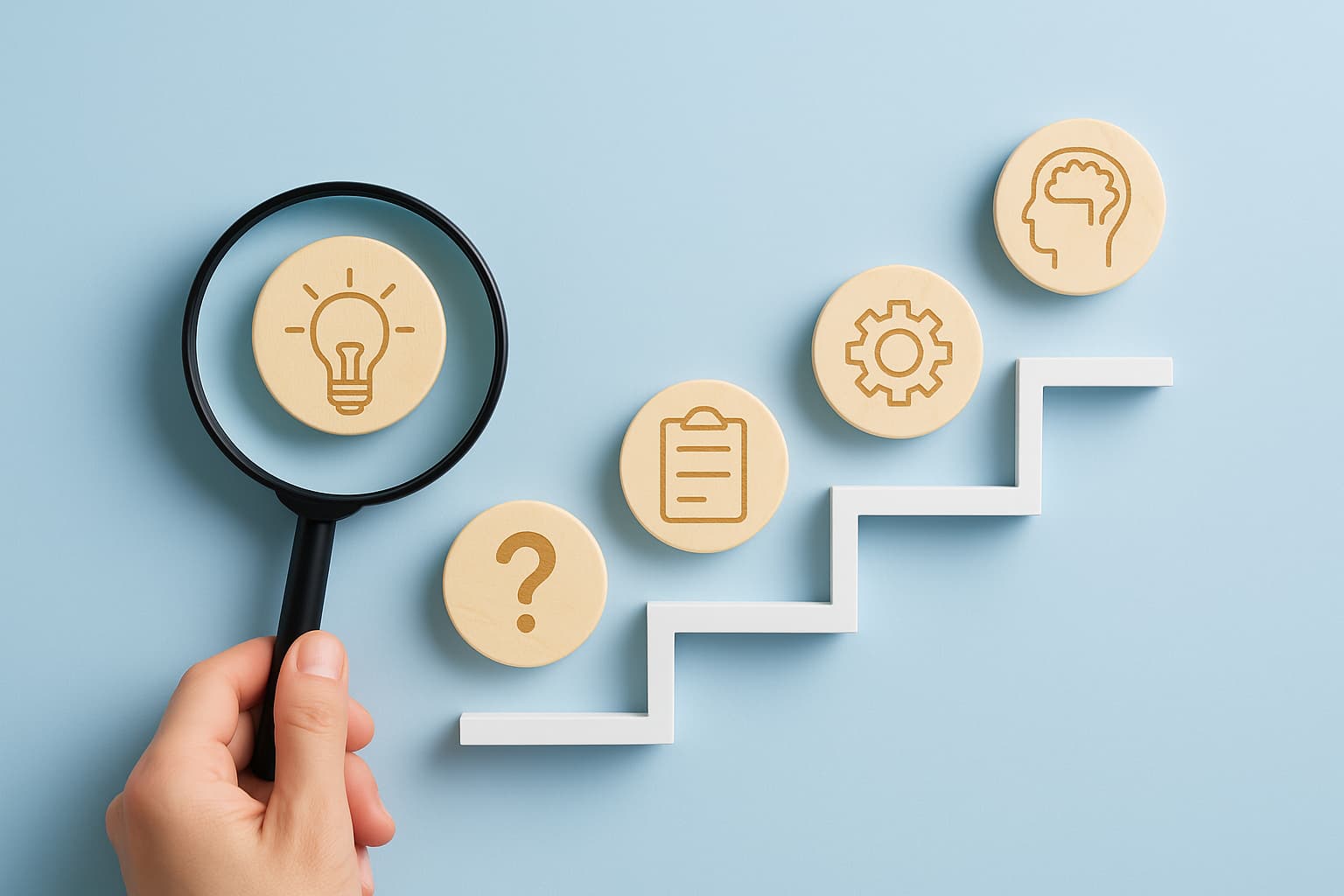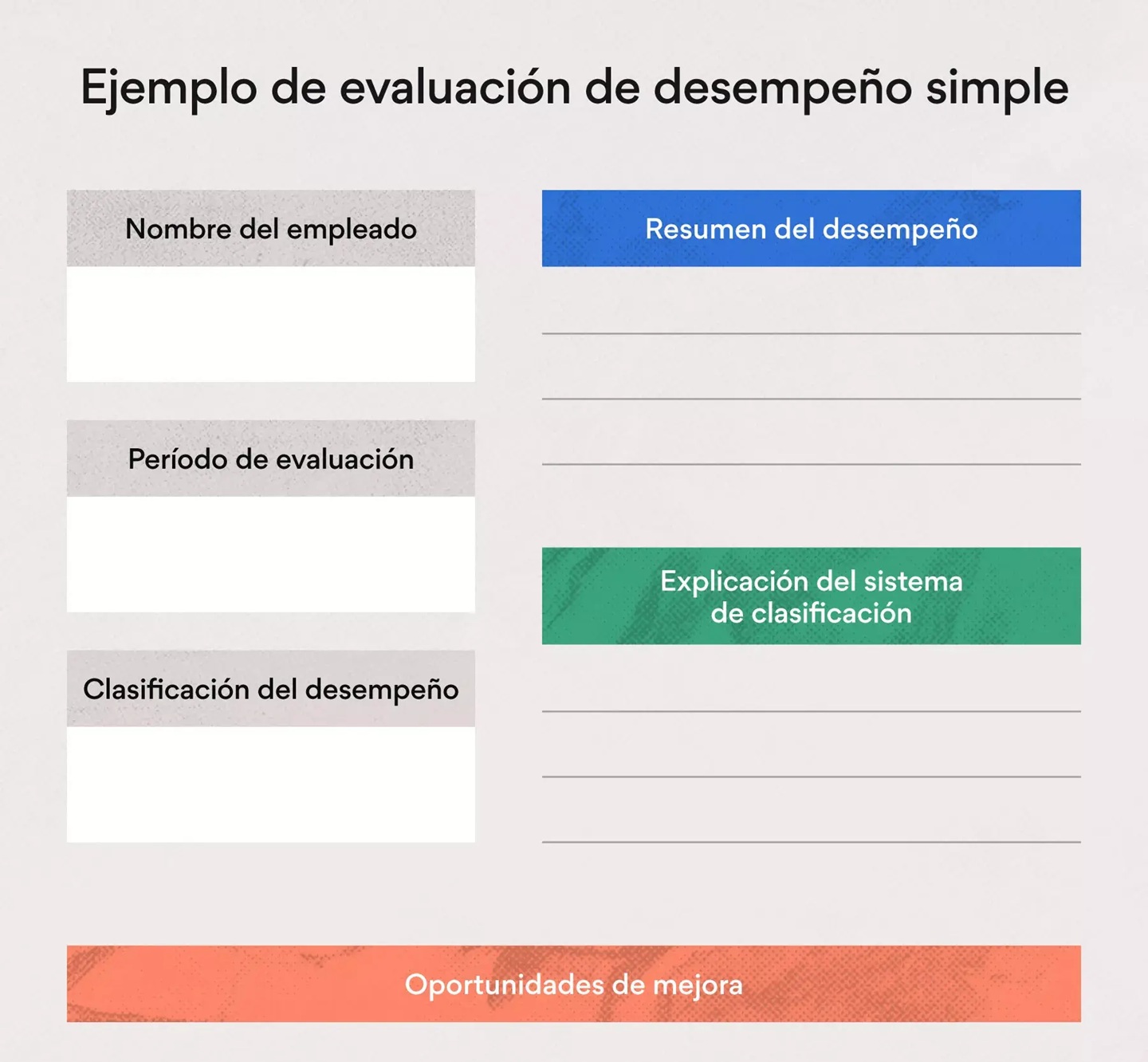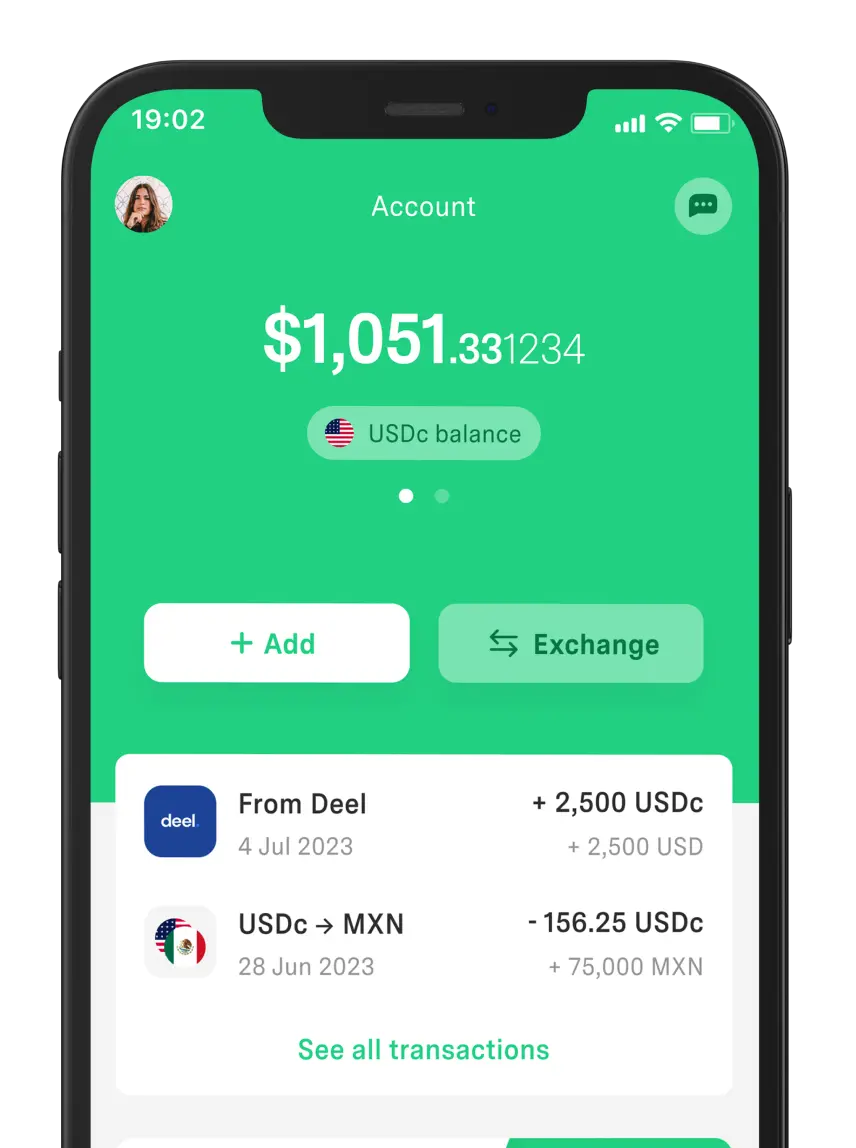 Freelancer tips
Freelancer tips How to Open an LLC from Mexico and Invoice in U.S. Dollars
Want to open a U.S. LLC from Mexico? This guide covers the basic steps to make it simple and hassle-free.



To self-assess means to objectively analyze the progress you’ve made and the challenges still pending so you can learn and keep improving. It’s a practice that helps develop self-knowledge, responsibility, and focus in both personal and professional life.
In any area of life, self-assessment works as a growth tool. It’s what drives you to know yourself better, strengthen your skills, and move toward your own goals, maintaining a process of continuous improvement.
And how can you get the most out of it?
By understanding what self-assessment is and how to apply it for personal and/or professional development. In this article you’ll discover everything you need to unlock its full potential.
It’s a process that invites you to analyze and evaluate your own performance, skills, or progress in order to discover which aspects can be strengthened.
Self-assessment fosters self-knowledge and self-reflection, which are key elements for personal and professional development. Beyond acknowledging achievements, it allows you to identify weaknesses, take responsibility, and set clearer goals.
Self-assessment starts with introspection—that is, it depends on your own judgment and commitment. This is different from external evaluation, which is performed by another person or organization to measure performance from an objective perspective.
Self-assessment can take different approaches depending on the area where it’s applied. Of course, each one serves a specific purpose and brings different benefits to the process.
In this sense, we can classify it as follows:
Educational self-assessment. Encourages autonomy and critical capacity within the learning process. It’s based on the student reflecting on their own learning, identifying strengths, and recognizing areas that need improvement.
Professional self-assessment. Allows you to analyze achievements, challenges, and goal attainment. This helps pinpoint skills that can be reinforced and better plan your professional development.
Personal self-assessment. Involves examining habits, goals, and the balance between what you want and what you’re doing. This kind of analysis improves self-knowledge and supports more conscious, goal-aligned decision-making.
In any case, self-assessment is a valuable tool for recognizing progress, learning from mistakes, and continuing to grow.
Have you ever stopped to think about how well you’re doing your job? A work self-assessment is precisely that—looking inward with a critical and constructive eye.
More and more companies include this exercise in their annual evaluations. Why? Because it facilitates dialogue with leaders or supervisors and makes it easier to recognize progress.
So how do you write an effective work performance self-assessment?
Be honest, but also fair with yourself.
Avoid empty phrases and think about how your actions contributed to the team or the company.
Add concrete examples or data that back up your contributions to give weight to your analysis.
Work self-assessment is a real opportunity to boost your career, strengthen your motivation, and align your goals with the organization’s. Being precise is what turns it into a powerful tool for your professional growth and for 360° evaluations.
A work performance self-assessment could include sections such as:

Do you work independently or remotely?
Lean on remote-work tools to log progress, set weekly objectives, and assess your productivity with real data. You can even use a template to structure this information clearly and neatly.
Self-assessment helps us at every stage of life—whether in school, at work, or in personal development. And when used consistently and intentionally, it becomes a powerful weapon.
To illustrate, here are the main benefits of self-assessment:
Promotes self-knowledge by allowing you to better understand your values, skills, and limits.
Improves decision-making by analyzing results honestly.
Fosters responsibility and autonomy by pushing you to take an active role in your own development.
Facilitates constructive conversations, for example during a 1:1 meeting or in academic feedback sessions.
Increases motivation by recognizing progress and achievements, reinforcing personal confidence and the drive to keep improving.
Makes it possible to identify specific areas that require more attention, optimizing effort and results.
Improves concentration and performance by identifying your priorities and removing distractions. It also helps you enter moments of Deep Work to operate with greater focus and productivity.
But to enjoy these benefits, you need to know how to do a self-assessment well. That’s what will help you cement motivation, a sense of responsibility, and your capacity for continuous learning.
With what a self-assessment is and its benefits in mind, it’s important to know how to put it into practice. Below are the steps to carry it out:
Define your objectives. Before you begin, identify what you want to evaluate—it could be performance, habits, or results (use the SMART method).
Gather evidence. Include achievements, metrics, projects, and concrete examples (dates, results, impacts) that support your analysis.
Use a guide or template. Organize your ideas into sections like goals, strengths, challenges, and next steps. You can easily do this in Google Workspace, with a Google Sheets file, or with templates.
Analyze your results honestly. Describe strengths and areas for improvement using brief examples (e.g., the STAR method), without being overly critical or indulgent.
Create an action plan. Prioritize 2–3 areas for improvement and set concrete steps to grow—for example, new skills to learn, habit changes, or adjustments to your goals.
With these steps, you can turn self-assessment into a useful, practical habit.
Now, examples help you understand how to apply this process in different contexts. So let’s look at two common situations in the educational and work spheres.
“Over the semester, I improved my overall GPA from 7.5 to 8.3. Even so, I need to improve my understanding of math and plan my study time better.”
“I met the quarterly objectives and completed two key projects ahead of schedule. My goal now is to optimize time management and communicate more clearly in meetings.”
As you can see, self-assessment isn’t just reviewing results—it’s learning from them.
Self-assessment is an ongoing development tool that gives you the chance to measure what you do. Practicing it is essentially a way to understand how you can improve in order to grow.
Every analysis you perform of your performance brings you closer to your goals and helps you discover new ways to get better. Of course, you must apply it honestly—you’re betting on your personal and professional growth.
Just as self-assessment can help you know yourself better, DolarApp can be your ally to optimize your financial life. How? By giving you easy access to an account to make transactions in digital dollars or euros (USDc/EURc).
Besides sending or receiving USDc or EURc, with DolarApp you have the option to link a pesos account and make conversions. We offer a transparent, fair exchange rate for buying and selling currencies.
It’s a reflection process that helps you analyze your own performance, recognize achievements, and identify areas for improvement. Therefore, it serves as a way to grow personally and professionally, enabling more conscious decisions about your goals.
It starts by defining your objectives and gathering evidence of what you’ve done. Then, analyze your achievements and challenges honestly and identify what you can improve. Finally, create a plan with concrete actions to move forward.
It supports self-knowledge, promotes responsibility, strengthens motivation, and improves decision-making. It also fosters continuous improvement and allows you to maintain more open communication (with leaders or teachers) in work and educational settings.
Yes. Today there are many sites that make this process easier with templates. Platforms like Asana, Notion, and Trello let you log goals, progress, and results, keeping your self-assessment organized and at hand.
Sources:
National Library of Medicine – Boosts motivation
QuestionPro – 360° evaluations
Notion – Assessment template
Academic Development Support Center – SMART method

The world has borders. Your finances don’t have to.
 Freelancer tips
Freelancer tips Want to open a U.S. LLC from Mexico? This guide covers the basic steps to make it simple and hassle-free.

 Freelancer tips
Freelancer tips Need to prove your earnings but don’t know where to start? In this article, we explain how to get an income verification PDF.

 Freelancer tips
Freelancer tips Management by Objectives (MBO) improves focus and each person’s role within the organization. Discover how to apply it in your business.


